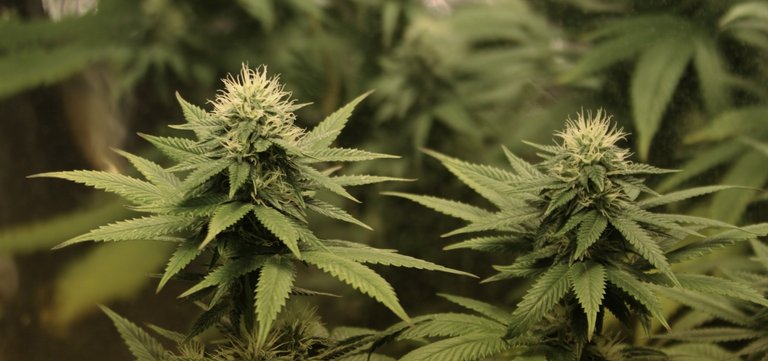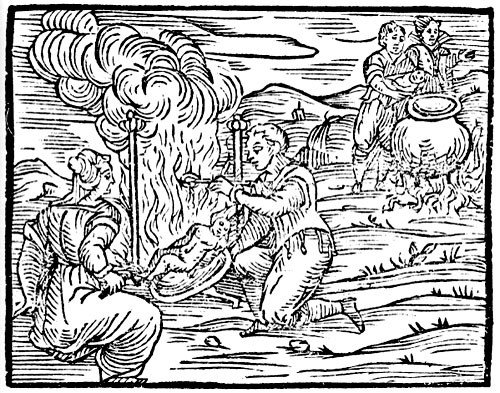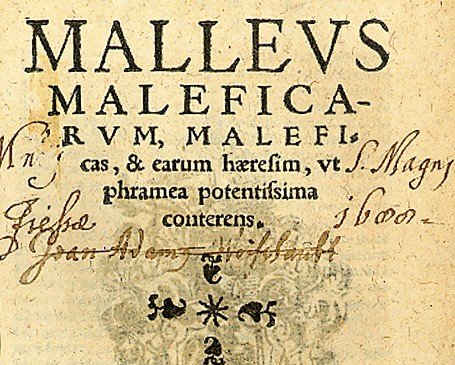
Observing the link of human beings with psychoactive substances throughout history, one can determine that their spiritual use is still usual today, but many people are victims of prohibitionism. The consequence is that they do not know anything about the subject because it is taboo to talk about it and accept without reflecting the repressive and punitive policies imposed. Here I offer an approach on the relationship between the human being, the sacred plants and the church of Rome.
As humans we have intrinsic the need for a search for the Transcendent (God).
From ancient times there is a close link between spirituality and the psychoactive substances that were used and used in order to access a state of consciousness sensitive to the Transcendent.
Priests and religious of virtually all religions and cultures and at all times have used natural or synthetic substances for spiritual exercises and / or healing rituals. In many cases the substances accompanied and accompany initiation rituals. For example, in Roman Catholic Christianity, the first communion is accompanied by bread and wine, the latter being a psychoactive substance, which in this church and in Christianity in general symbolizes the blood of Christ. And this is repeated every time you take the holy supper.
Other communities in other cosmovisions use plant substances such as Ayahuasca, Peyote, Psycho-Psychic Mushrooms, etc. These examples are repeated in almost all religions and throughout human history. There are testimonies in various literary sources, both religious and medicinal. To deepen I recommend reading the "General History of Drugs," the Spanish philosopher Antonio Escohotado, an indispensable reading to understand the depth of the roots of the subject of drugs.
An important and fundamental detail to keep in mind is that prior to the initiation rituals, the candidate receives an intellectual and emotional preparation in which he learns respect for the substance and its symbolic value, which should be of the greatest interest to The neophyte; Not only because of the peculiar significance, but because it opens a vast and beautiful field of research: the one that embraces the symbolism of sacred plants.
In all the ancient initiatory and religious systems there was and always is a sacred plant which has its special symbolism and is venerated by the devotees as Sacred Emblem. Some examples: in the Dionysius mysteries Ivy was used; In those of Ceres, the Mirto; In those of Osiris, the Erica; In those of Adonis, lettuce; In those of Jesus Christ, the Vine. In several, marijuana was used, and still used, as in Rastafarianism of Judeo-Christian tradition or in Hindu purification rituals, to name a few.
By the middle of the eighteenth century the knowledge of the practical nature about antidotes, wound treatments and diseases from the magico-religious world of each cultural area began to be a scheme considered by empirical medicine as a sanitary fallacy. In fact, even the most empirical medicine is always linked to
Antiquity, as Escohotado describes it.
Still during the fourth century BC. -in full expansion of Greek rationalism- Plato makes Socrates say that the pharmakon will return health "if in use is pronounced the opportune". Hence the tendency to reverse the evolutionary order in the history of medicine, considering that rituals of purification and other cathartic elements came first, and that therapeutically secularized notions emerged much later.
Until the emergence of Hippocratic medicine (allopathic) it can be said that healing resources looked quite different at different times and places (within what is available for each botanical area), and that the true differences correspond to the mythic-ritual frames of each group cultural .
From this precept, we recognize that psychoactive substances and religion have been linked from the beginning of humanity. We must accept the theological importance of the same and the need for a theorizing about the relationship of these and the current spiritual life. In addition, there is a need to reconceptualize obsolete and exclusionary terms to start a long and urgent path towards concrete public policies that use methodologies such as harm reduction and risk management; Urging the authorities from civil society to change the approach to people using drugs (PQUD) from a penal, repressive and coercive perspective to a preventive and socio-health approach respecting individual freedoms and the essential rights of the people .
Each and every one of us has participated more than once, or at least one, in a liturgical or social rite, ceremony or celebration that has included at least one plant (fruit or derivative), as a sacred bond with nature / creation and in turn with The divine. At least all people who consider themselves Christians and have participated in a Eucharist / holy supper / communion recognize the fruit of the vine the link of the Transcendent by means of a sacred plant.
The important thing is to respect the nature and the beings with whom we live on this planet earth. This includes responsible dealing with ourselves, informing us about what we consume, caring for ourselves and our neighbor is part of the stewardship of creation.
The popes that demonized a plant

The first to prohibit and demonize the use of Cannabis / Marijuana is Innocent VIII, who declares sacrilegious consumption of the plant in 1484. Remember that sacrilege is for the Roman Catholic Church the only sin that has no forgiveness, and puts the Same level of insult and blaspheme against the Holy Spirit to the consumption of Cannabis. However, the copyist monks of the medieval monasteries wrote on hemp paper in the light of lamps that worked with oil of this plant and Gutenberg printed the first Bible in hemp paper. There are even historical witnesses who have tested the use of hemp for 3,000 years. There are archaeological remains where seeds were found among the belongings of mummies, fabrics and strings of hemp fibers, ancient artistic reliefs where the harvest of this plant is observed, considered useful as a raw material for textiles and medicines and ritual use.
To make matters worse, Pope Innocent VIII separated the healers who used cannabis and other herbalists, declaring that Cannabis was an impious sacrament belonging to the second and third types of satanic mass.
The obsession with the demons and the beginning of demonology as black propaganda against other forms of spirituality began to reach a crescendo when, in his bull Summis Desiderantes, the same year 1484, Innocent VIII declared:
"It has come to our ears that members of both sexes do not avoid the relationship with evil angels, incubus and succubi, and that by their witchcraft, spells and spells suffocate, extinguish and spoil the births of women."

The Pope came to such an extent that he appointed two Dominican Inquisitors, Heinrich Kramer and Johann Sprenger, to carry out the first systematization of demonology and thus was the Malleus Maleficarum, or "Hammer of the Witches", the first hunting manual Of witches that was never authorized by the clergy of any university of the time. Then, Heinrich Kramer decided to falsify the signatures and seals of the ecclesial authorities, besides adulterating the signature of the same Sprenger.
This persecution lasted more than 150 years. In the treatises of the sixteenth century were collected all the "magic" formulas of doctors and wizards who used their knowledge in herbal medicine to heal the sick. Marijuana, the hemp flower, was a substance widely used by these wise women.
To give a vision from Latin America and the twentieth century we must mention the liberation theologian and martyr Jesuit Martín Baró, who acknowledged in a text of 1972 that it is known that among the pre-Columbian tribes was very frequent drug use, regulated by customs And traditions. Martín Baró argues that it is society that causes abusive and problematic consumption of substances such as alcohol and that even the use of cannabis would be less harmful than that of alcoholic beverages.
On the eve of the anniversary of the cruel martyrdom of the Jesuit leader and his brothers, we unmask double standards and remember the commitment to the defense of essential rights.

Fascinating read, I certainly hope that after this period of prohibition mankind would learn to benefit from the medicinal and spiritual applications of these plants and mushrooms.